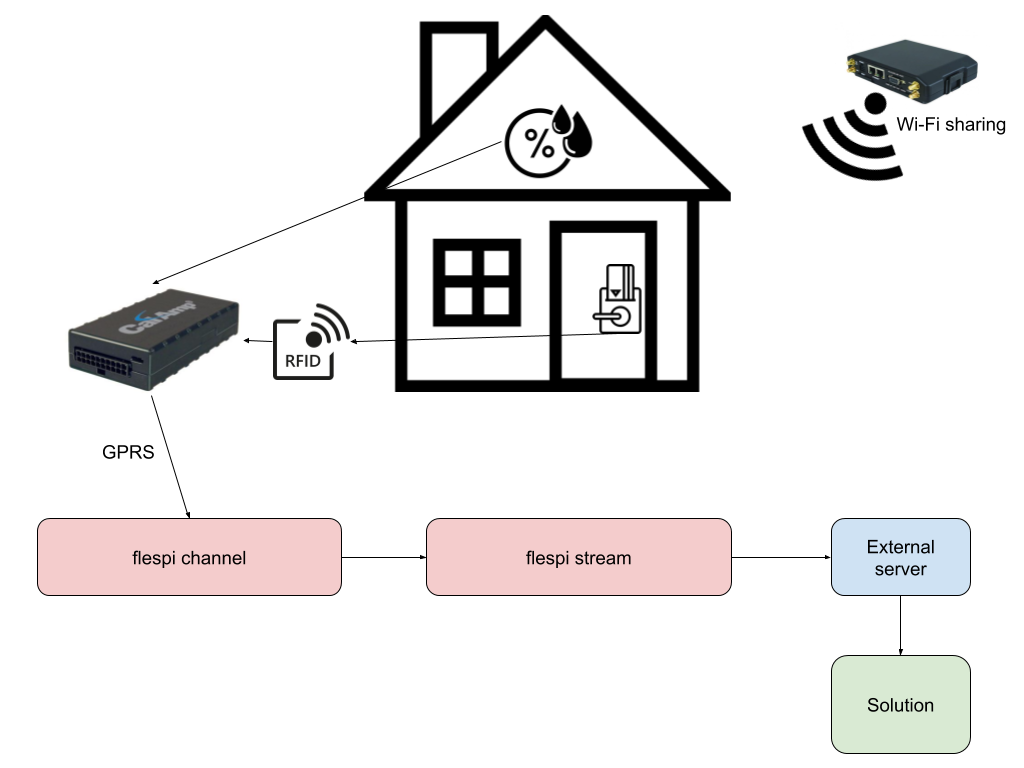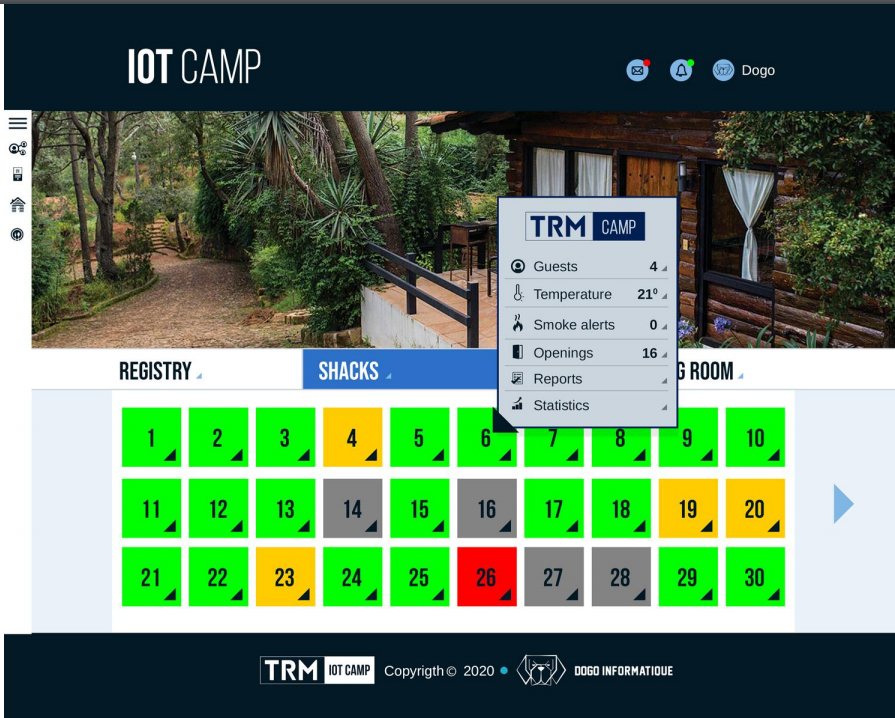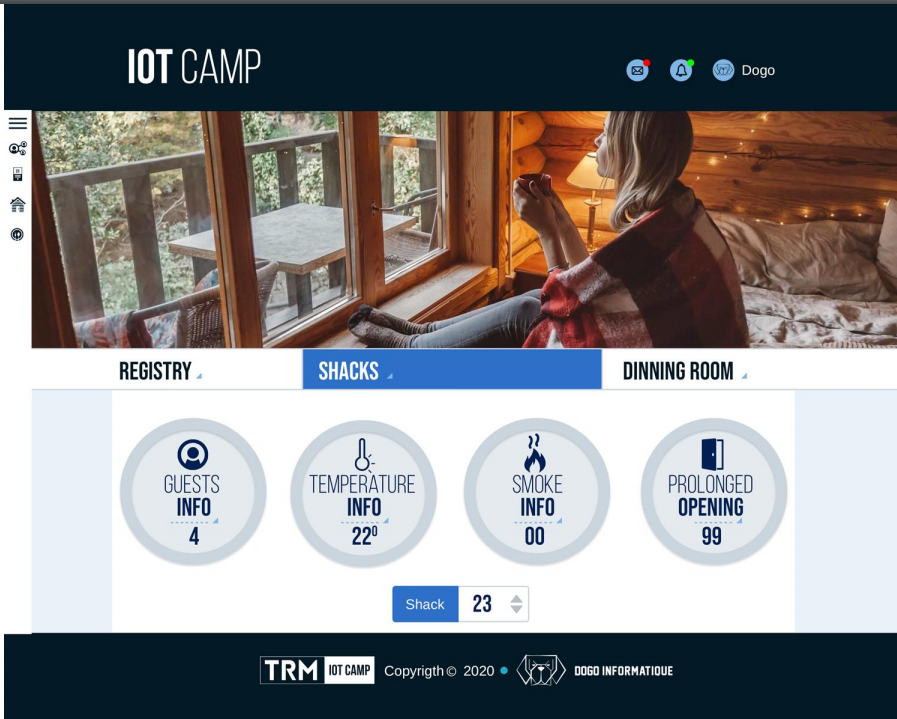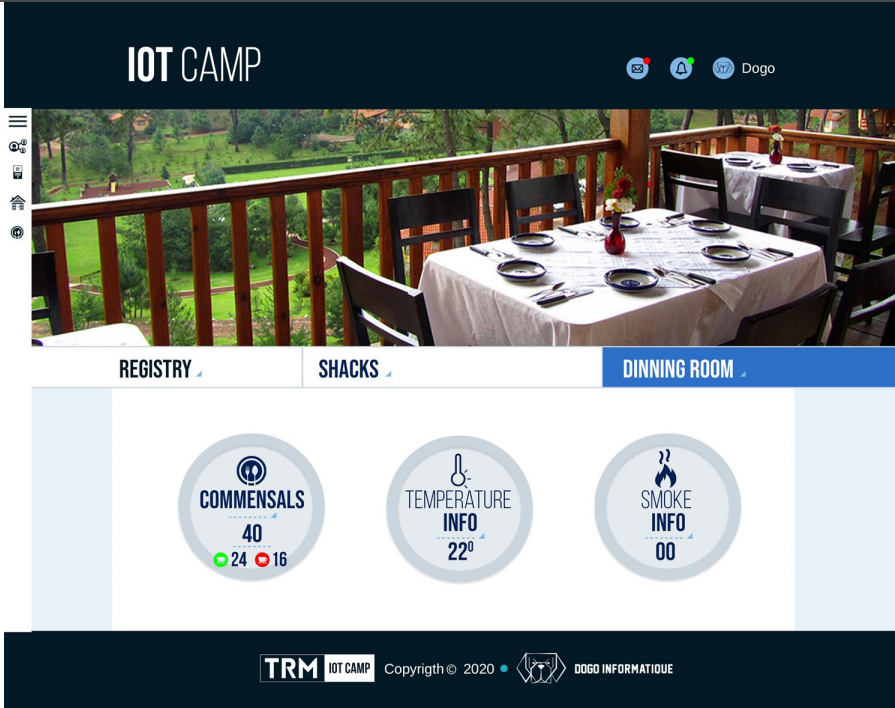When we think of IoT, we usually imagine a crowded metropolitan area with smart office buildings, smartly-dressed white suits carrying top-notch gadgets, smart cars, and perfect 4G internet coverage. Our story today is about a totally different place with none of the above entities present, which nonetheless reaped substantial benefits from deploying a smartly designed IoT project.
It’s about digitizing a campsite.
The project was ordered by the Tabasco state (Mexico) government agency responsible for developing recreational tourism in the area for the elderly. Let’s now see in detail what the main project requirements and limitations were, what project architecture was devised, and what benefits the project’s implementation brought to the client.
Task at hand
The main goal of the project was to make the stay on the campsite more convenient, secure, and hassle-free.
The key improvements expected to positively affect the quality of service include:
Organize room access control to allow the guests to access only their room (better security).
Organize efficient campsite personnel control and management (better service).
Monitor ambient temperature in the rooms (more comfort).
Control rooms for the presence of smoke and unlock doors in case of emergency (better safety).
Provide Wi-Fi access to the guests (more comfort).
Organize food court access and management —printing orders, denying access if occupied, etc. (more comfort).
Specific requirements
Since campsites are often situated in remote locations, they lack a stable internet connection, thus the solution must use the cellular connectivity to pass the data to the external server.
In terms of hardware, the project relies on GPS tracking devices to collect the data from sensors and transfer them to the server. The devices need to be able to interact with several sensors, have a black box to store data in case of a network connection failure, and store the information about RFID tags. This functionality was perfectly satisfied by CalAmp LMU-2630.
The client also needed a few GPS trackers that could serve as Wi-Fi hotspots to ensure internet coverage in the rooms. CalAmp LMU-5541 gives such an opportunity and was selected to address this need.
Solution architecture
Below is the scheme of the project illustrating the major components and their interconnections:
Role of flespi
The team executing the project (CTTMX) needed a platform to obtain the data from the installed GPS devices, sensors, and RFID readers and process it easily to build a friendly application for the client. Flespi, with its high availability, wide range of supported hardware, and flexible data access methods met all the above requirements.
Flespi here acts as a hub aggregating the data from the CalAmp trackers, forcing it to the unified JSON format, and offering multiple ways to consume them (API and streams are used in this case).
Project outcomes
The implementation of the project led to the following improvements in the operation of the campsite:
Prevented unidentified persons access into the resort.
Generated extra profit from renting Wi-Fi internet access inside the resort.
Improved guests' experience due to control of temperature and humidity in the rooms, organized food court attendance, unauthorized room access control, and more.
Saved money on food.
Here are some screenshots showing the main functions of the implemented solution:
Feedback from end-user
“Since the implementation of the solution and with the added value of Wi-Fi for the campsite, all our clients have been satisfied that they have a way to relax and, if needed, connect with coworkers or family to share their experiences onsite. Investors, in turn, get a new way of making a profit — even if the devices are more expensive, the investment returns quickly by selling internet time.”
P.S. This project became the IoT Project of the Year Awards winner in the Public Safety category.



